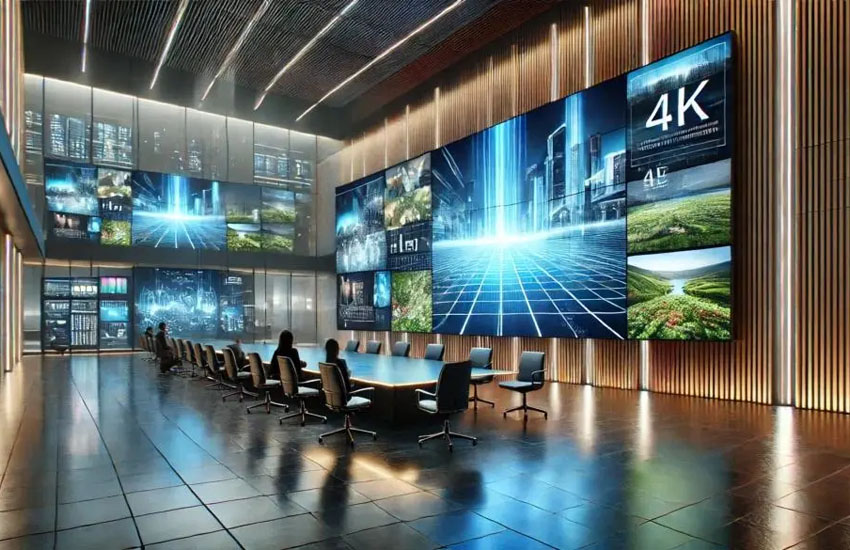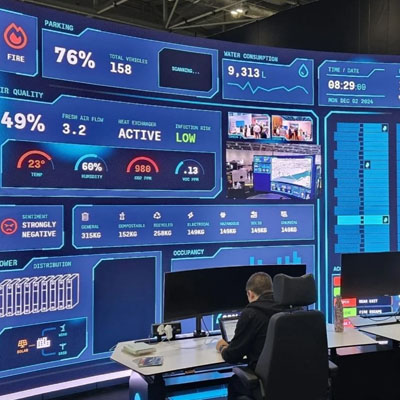The future of control rooms: what to expect in 2026
August 20, 2025

As digital transformation accelerates across industries, control rooms are becoming smarter, more connected, and more central to mission-critical operations. Whether it’s public safety, energy, or telecom — the control room of 2026 will be more than just a space to monitor data. It will be a dynamic, AI-augmented decision-making hub.
Rethinking control room design
Gone are the days of static displays and isolated data feeds. The control room of the future emphasizes:
- Unified visualization: Operators need real-time access to diverse sources — from IoT sensors to video surveillance — on seamless, ultra-high-resolution video walls.
- Operator-centric ergonomics: Human-machine interaction is evolving. Expect more personalized operator spaces, curved display layouts, and adaptive lighting to reduce fatigue.
- Scalable modular infrastructure: Systems must support flexible reconfiguration, ensuring adaptability as needs and technologies change.
Technology trends driving the shift
Several technologies are shaping the next evolution of control rooms:
- AV-over-IP: Audio-visual systems are transitioning from isolated HDMI-based setups to scalable, IP-based infrastructures that simplify deployment and management.
- Cloud-Based Monitoring: Remote diagnostics and real-time analytics through cloud platforms allow teams to act faster and collaborate across locations.
- AI & Automation: Intelligent alert systems, predictive analytics, and anomaly detection are minimizing response times and increasing situational awareness.
Final thoughts
Control rooms are no longer just back-end operations. They’re becoming front-line intelligence centers that influence real-time decisions and business continuity. As we look ahead to 2026, investing in scalable, secure, and intuitive environments will define the leaders of tomorrow.


